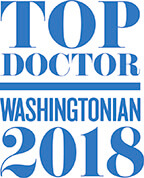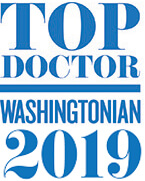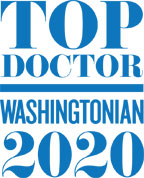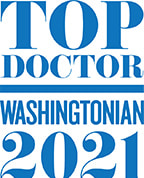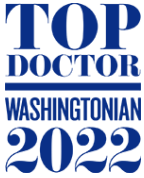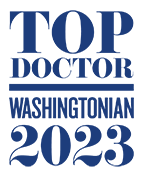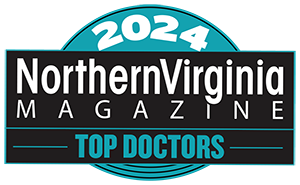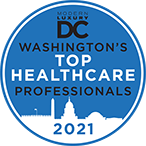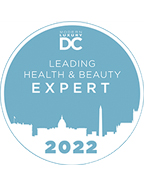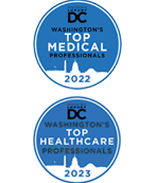As a parent, you may wonder whether your child has a vision problem or when you should schedule your child’s first eye exam.
The American Academy of Ophthalmology (AAO) says on its website that child’s doctor is likely be the first medical professional to examine your child’s eyes.
If eye problems are suspected during routine physical examinations, a referral might be made to an eye doctor for further evaluation. Eye doctors have specific equipment and training to assist them with spotting potential vision problems. Eye exams for children are extremely important, because 5 to 10 percent of preschoolers and 25 percent of school-aged children have vision problems. Early identification of a child’s vision problem can be crucial because children often are more responsive to treatment when problems are diagnosed early.
According to the American Optometric Association (AOA), infants should have their first comprehensive eye exam at 6 months of age. Children then should have additional eye exams at age 3, and just before they enter the first grade at about age 5 or 6.
For school-aged children, the AOA recommends an eye exam every two years if no vision correction is required. Children who need eyeglasses or contact lenses should be examined annually or as recommended by their optometrist or ophthalmologist.
Eye examinations at early age are crucial to make sure children have normal, healthy binocular vision so they can perform better at schoolwork or play. Early eye exams also are important because children need the following basic skills related to good eyesight for learning:
- Near & Distance Vision
- Binocular (two eyes) Coordination
- Accurate Eye Movements
- Focusing Ability
- Peripheral Awareness
- Eye-Hand Coordination for writing and sports skills
For these reasons, some states require a mandatory eye exam for all children entering school for the first time.

